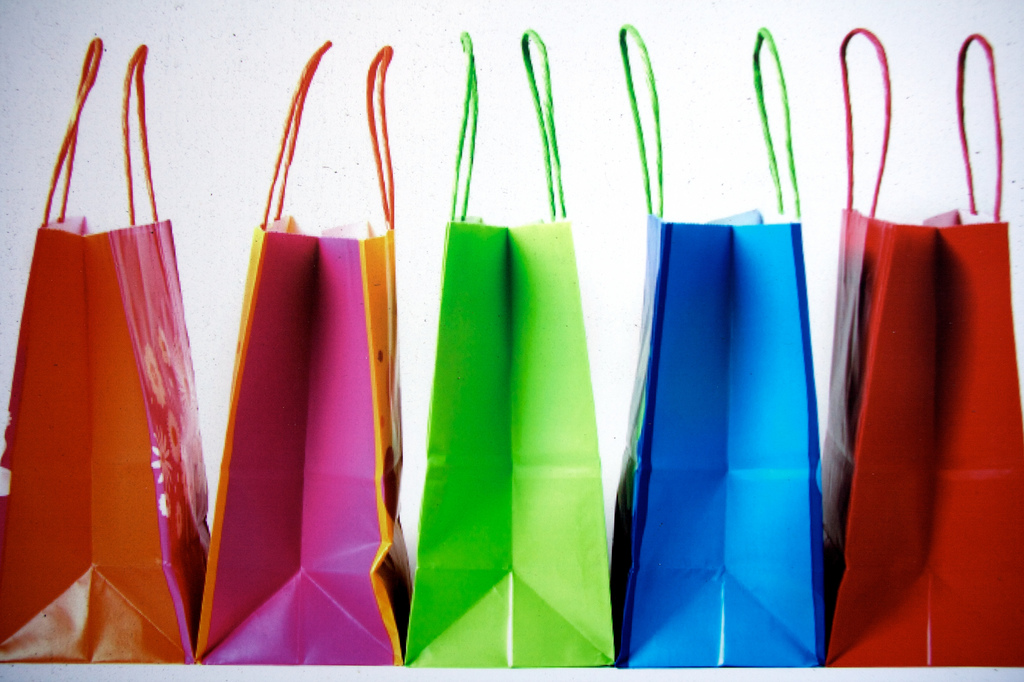
Google Shopping, a revamp of Google’s Product Search, promises online consumers a digital shopping trip with a little more convenience and context, but introduces commercial bias into the experience.
Google announced today that it would be trading out its former product search feature for product listing ads in a wholly commercial initiative called Google Shopping. Under the new model, merchants and retailers will have to pay to feature their products in front of Google searchers.
The transition, which starts today with experimental paid product boxes on Google search pages, will be completed by the fall.
Google Shopping product results will take the form of comparison shopping boxes and will appear in-line with results and include images, prices, and specs (pictured right). Another commercial format is the single product summary box that will show up in the right-hand column of the page when a person queries for a specific product. The new formats will only feature products that are from paid advertisers, are marked as sponsored, and take space currently occupied by AdWords. Product images will be larger, and searchers can refine their queries by brand or product type.
The transition boils down to this: When you search for a camera on Google in the months ahead, you’ll be greeted with camera ads paid for by merchants that double as product results, in place of organically surfaced product listings.
“We believe that having a commercial relationship with merchants will encourage them to keep their product information fresh and up to date,” said Sameer Samat, vice president of product management for Google Shopping. “Higher quality data — whether it’s accurate prices, the latest offers or product availability — should mean better shopping results for users, which in turn should create higher quality traffic for merchants.”
Google, as you can tell from the quote above, thinks of its transition to a commerce-based Shopping experience as good for all involved. Merchants get more exposure, consumers get more accurate information, and Google gets more money, so the reasoning goes.
The switch from free to paid listings, however, is not just a first for Google but a complete about-face in company policy. In fact, Google stated in its initial 2004 IPO filing that charging for inclusion in Froogle, the precursor to Google Product Search, would make for biased and less relevant listings, as pointed out by Danny Sullivan at Search Engine Land.
But today’s announced change doesn’t introduce bias into the experience, the company insists. “Google is not giving favor to one type of information over another. We’re delivering the very best results we can for shoppers looking for products,” a Google spokesperson told VentureBeat via email. “All products listed in what will be the new Google Shopping service are, like Google.com ads, ranked according to relevance, with bidding price as an additional factor.”
This post was updated with comment from Google.
Photo credit: Jeremy Brooks/Flickr
VentureBeat's mission is to be a digital town square for technical decision-makers to gain knowledge about transformative enterprise technology and transact. Learn More

